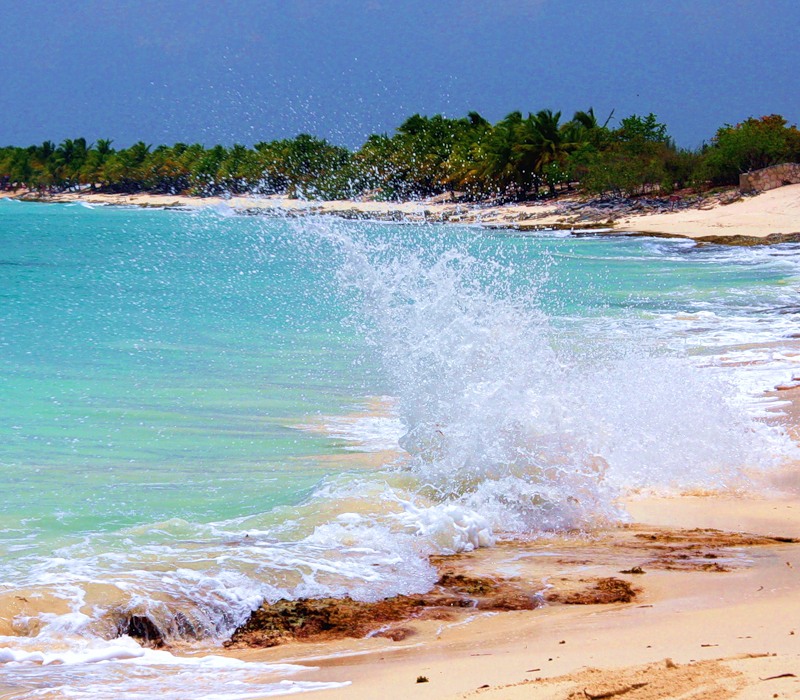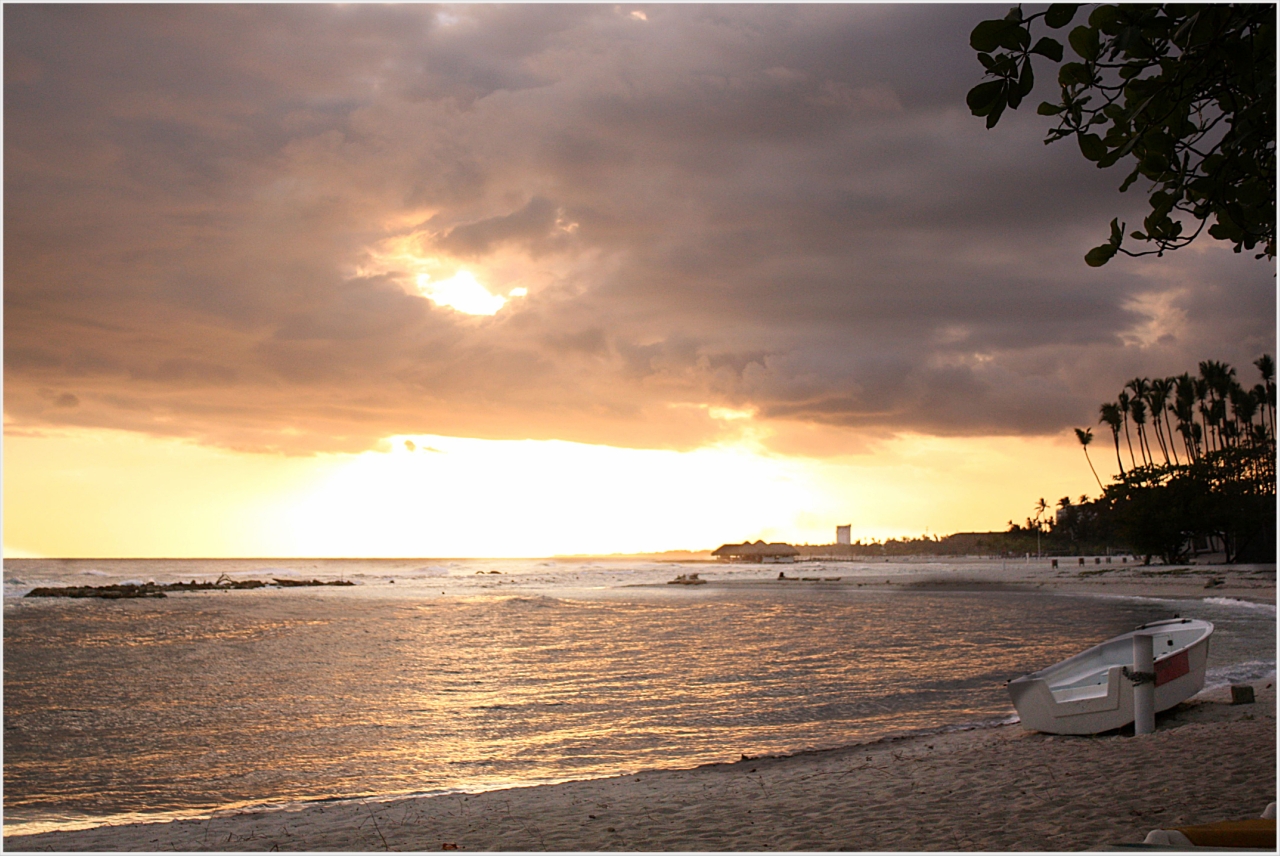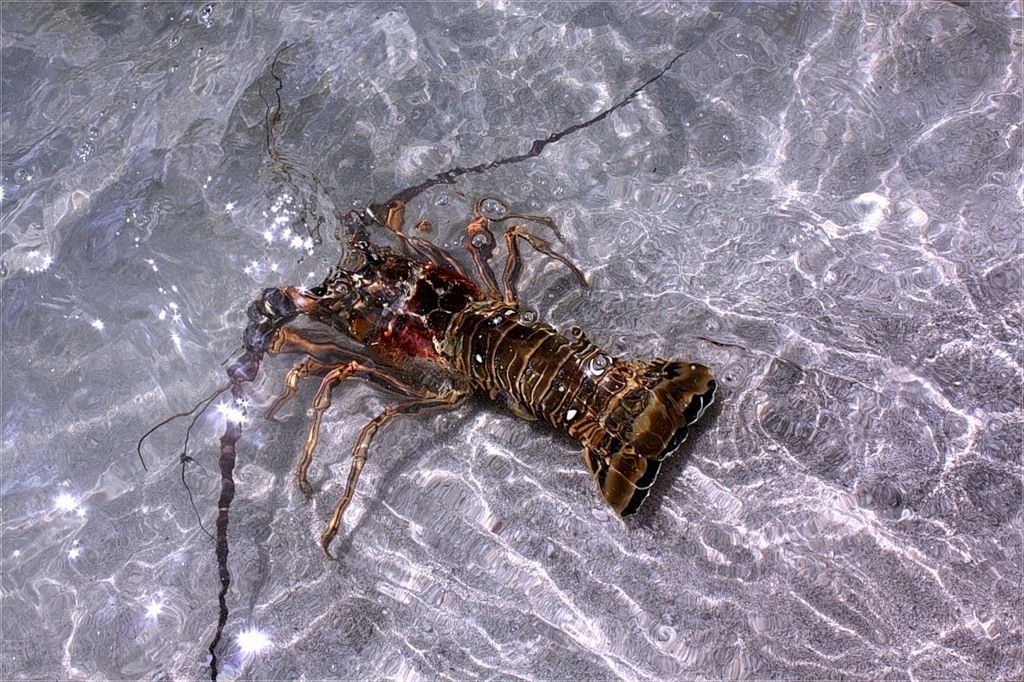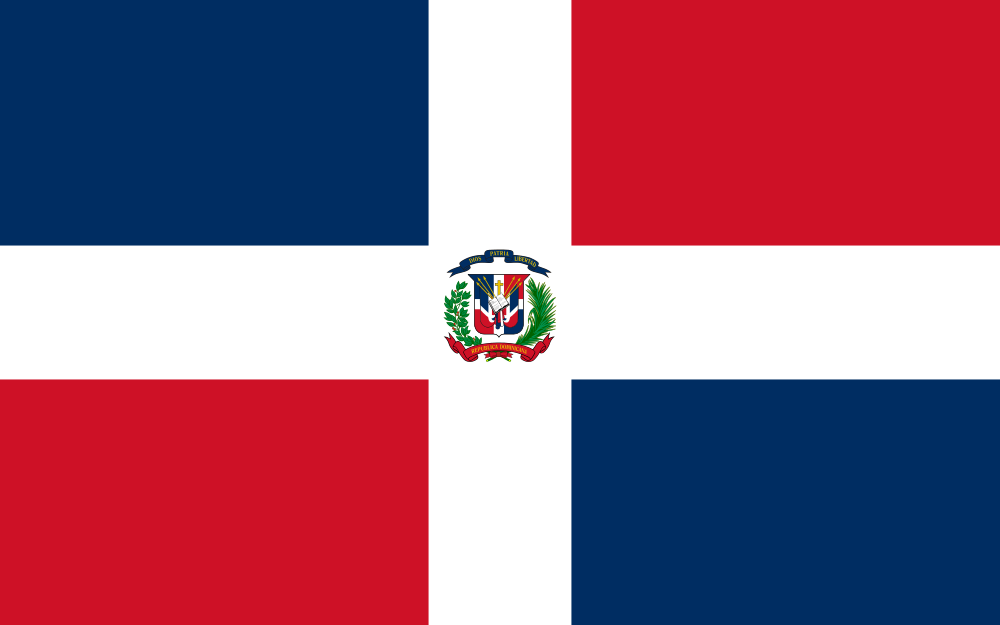DL4SDW is currently active as HI3/DL4SDW from Dominican Republic, IOTA NA-096.
He will be active on HF Bands mainly CW.
Recent DX Spots HI3/DL4SDW
QSL via home call.
The Switzerland of the Caribbean: Dominican Republic
This small country in the Caribbean Sea is located on the eastern part of the island of Haiti. A country that has long remained in the shadows, over the past ten years it has emerged as a leader in economic growth and has been included in the prestigious list of countries recommended for visitors.

Turbulent youth: history
The Dominican Republic is located in close proximity to another Caribbean state, the Republic of Haiti. However, the subject of this article is far ahead of its neighbor in terms of living standards, development, and infrastructure.
Why is this? The answer to this question lies in the past. Unlike Haiti, the Dominican Republic has experienced dozens of colonial uprisings, coups, and revolutions.
The first uprising on the territory of the modern country broke out in the 18th century. Local residents, dissatisfied with the harsh policies of the Spanish colonizers, united in a single impulse and expelled the Europeans from their territory. It is not difficult to imagine Spain's reaction: troops were sent to the island to restore control. However, the colonizers were unable to gain a foothold: a few years later, the Dominicans rose up in a second uprising, which resulted in the occupiers finally leaving the country.
This marked the beginning of the Dominican Republic's “independence” — in quotation marks, since the young state immediately fell under the influence of its neighbor, the United States, which effectively bought up the entire economy of the republic. In the end, economic expansion achieved what military expansion could not. The Dominican Republic was completely dependent on US supplies and could not provide for itself.
One could write an entire academic paper on the numerous military coups, attempts by Cuban rebels to seize power in the country, and the establishment of a democratic regime. For the purposes of this article, it is sufficient to note that peace was not restored in the Dominican Republic until 2004, when the country held its first truly independent presidential elections.
Since then, the Dominican Republic has embarked on a path of rapid economic growth. Moreover, the country manages to maintain diplomatic relations with almost the entire world, from its long-time opponent, the United States, to China. It is not surprising that the Dominican Republic is often compared to Switzerland.

Temperate tropics: nature and climate
The Dominican Republic occupies most of Haiti and is the second largest country in Central America. The western part of the Dominican Republic is washed by the warm and calm Caribbean Sea, while the eastern coast is unprotected from the harsh Atlantic Ocean. The tropical climate is tempered by Atlantic trade winds, so the average temperature here is a comfortable 23 degrees Celsius.
While the neighboring Republic of Haiti is content with rocky and desert lands, the Dominican Republic boasts unusually rich landscapes. It is here that the highest and lowest points in all of Central America are located. There are many mountains that descend into deep valleys where tropical forests grow.
Among all the natural riches, the Constanza Valley, which was formed by a meteorite impact, stands out. The valley is located at an altitude of one and a half kilometers above sea level, and even in winter, the temperature here remains above zero. The soil here is particularly fertile — the valley is the agricultural center of the country, where several harvests of fruits, vegetables, and grains are gathered annually.
Speaking of agriculture, cultivated plants in the Dominican Republic have almost completely replaced the native vegetation. Only mixed forests, royal and coconut palms, numerous cacti, and thorny shrubs remain. The fauna is also not very rich: there are several species of mammals, birds, and unique lake crocodiles.

More than just a vacation
Numerous travel reports contain very sketchy information about this mysterious Caribbean country. One gets the impression that it is a typical beach paradise where you can bask in the sun, swim in the warm sea, and go home.
But that's not quite true — the Dominican Republic (or Dominica) has an ancient history, a rich cultural heritage, and can offer visitors much more than a lazy beach vacation. Of course, the Dominican beaches are beautiful, and the sea is always calm and warm, but it would be silly to come here just for that.

History buffs will definitely enjoy the ancient city of Puerto Plata. It was founded by Columbus himself and has preserved its heritage from those times. In addition, nearby is Mount Loma, the highest mountain in the country. It has an observation deck from which you can see the entire country on a clear day.

The sea occupies a special place in the country's tourist infrastructure. Where else can ordinary tourists watch whales? In March, whole herds of humpback whales swim close to the beach. And, of course, windsurfing: the bay of Amber Valley has long been an unofficial mecca for lovers of this sport.
The country boasts a well-developed infrastructure: high-quality roads, cheap car rentals, and unusually good public transport. Even in the smallest town, you can find everything you need, and the nightlife here does not slow down even during the rainy season.
Video Dominican Republic

